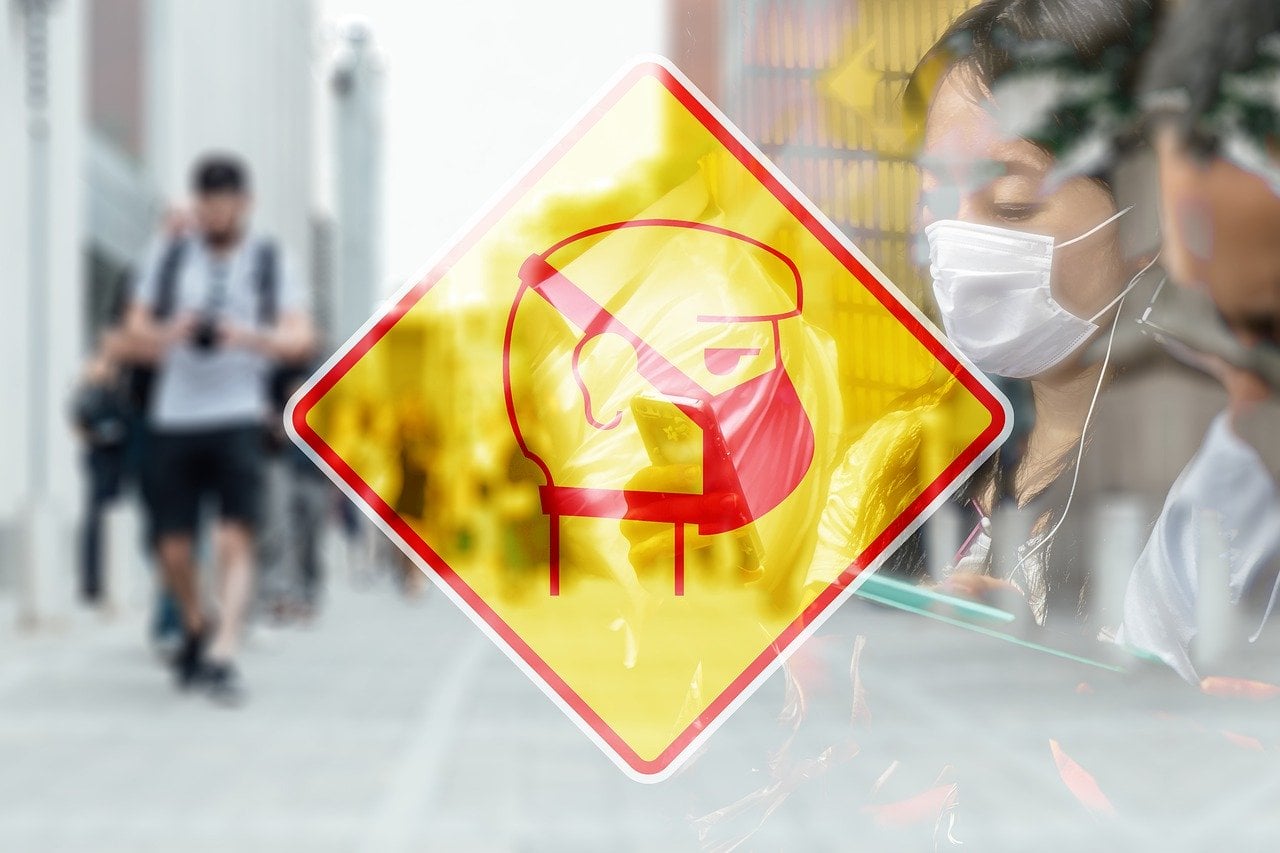On Tuesday, the Federal Reserve announced an emergency rate cut of 50 basis points to counter the growing financial threat of the coronavirus. Although the Fed rate cut is meant to stabilize the economy amid the coronavirus outbreak, it will impact your money as well.
Q4 2019 hedge fund letters, conferences and more
Tuesday’s rate cut is the first time since late 2008 that the Federal Reserve has slashed rates by half a percentage point.
“The fundamentals of the U.S. economy remain strong,” Fed Chairman Jerome Powell told reporters. However, “the spread of the coronavirus has brought new challenges and risk.”
The federal funds rate is the rate banks charge one another for short-term borrowing rather than the rate consumers pay. Still, it will impact the money you have, including the interest you get on savings accounts and the interest rate you pay when you buy a home.
To put it in simple words, a lower interest rate means a lower cost of borrowing. It will also mean getting reduced interest on your savings account. Credit card interest is based on the Fed’s prime rate as well. Thus, the recent cut will lower interest rates for cardholders.
Now that you have a general idea of how the Fed rate cut impacts you, let’s see in detail how each financial instrument is affected.
Impact on savings accounts and mortgages
Savings account
Now that the Fed has cut the interest rate, savings rates (including those on high-yield accounts) are also expected to come down. Currently, the APR for Marcus by Goldman Sachs savings accounts is 1.7%, while for Ally, it is at 1.6%. However, the average savings account rate, according to the FDIC, is just 0.09%.
On the other hand, if you have put money in a certificate of deposit account, you have locked in a fixed interest rate. Before the Fed rate cut, the APR for one-year CDs was 0.48%, according to the FDIC.
Thus, before individual banks introduce new rates, consumers should try to put money in CDs or negotiate with banks for a rate that at least beats inflation.
Mortgages
The current economic scenario will impact the interest you pay on mortgages as well. In fact, it will likely reduce the interest burden on you. Thus, if you are planning to buy a home or refinance your home, then it could be the right time to do it If you already have an adjustable-rate mortgage, then your interest payment will be reduced.
Although interest rates on mortgages do not directly depend on the Fed rate, they are tied to it. Usually mortgages are based on 10-year Treasury yields, which in turn are tied to the federal funds rate.
In all, the Fed’s rate cut could mean a drop in your monthly payments, or you may now be able to afford a higher-priced home than what you planned for previously.
Impact on credit cards
Most credit cards have a variable rate, suggesting a direct relationship with the federal funds rate. Thus, with the rate cut, interest rates on credit cards are likely to come down as well. This, in turn, will mean lower APRs (annual percentage yield) for cardholders. However, it could take a few months before credit card companies reduce their interest rates.
Nevertheless, it still comes as welcome news for cardholders. Interest on credit cards is among the highest rates around. Americans’ credit card debt was at a record high of $930 billion in the last quarter of 2019, while credit card delinquencies rose to 5.32%. Delinquency rates among Americans between the ages of 18 and 29 were at 9.36%.
Impact on auto and student loans
Auto loans
If you have an auto loan or are planning to buy a vehicle in the near future, then the latest Fed rate cut could also be beneficial for you. Auto loans are also tied to Treasury yields, so they won’t see an immediate drop.
However, the Fed rate cut may not have any material impact on what you pay. Despite the hike in recent years, auto loan rates are still relatively low. According to Edmunds, the average interest rate on auto loans is about 5.7%.
Student loans
If your student loans include federal and private loans, then you should try to pay off your private loans first. You can also negotiate with the bank to refinance the private loan into one with a lower fixed rate.
Although most students utilize federal student loans, which carry a fixed interest rate, many rely on private student loans to finance their college education. Private student loans may carry fixed or variable interest rates, which may be tied to LIBOR, prime or T-bill rates. Thus, the Fed rate cut will mean borrowers will probably pay less in interest.






